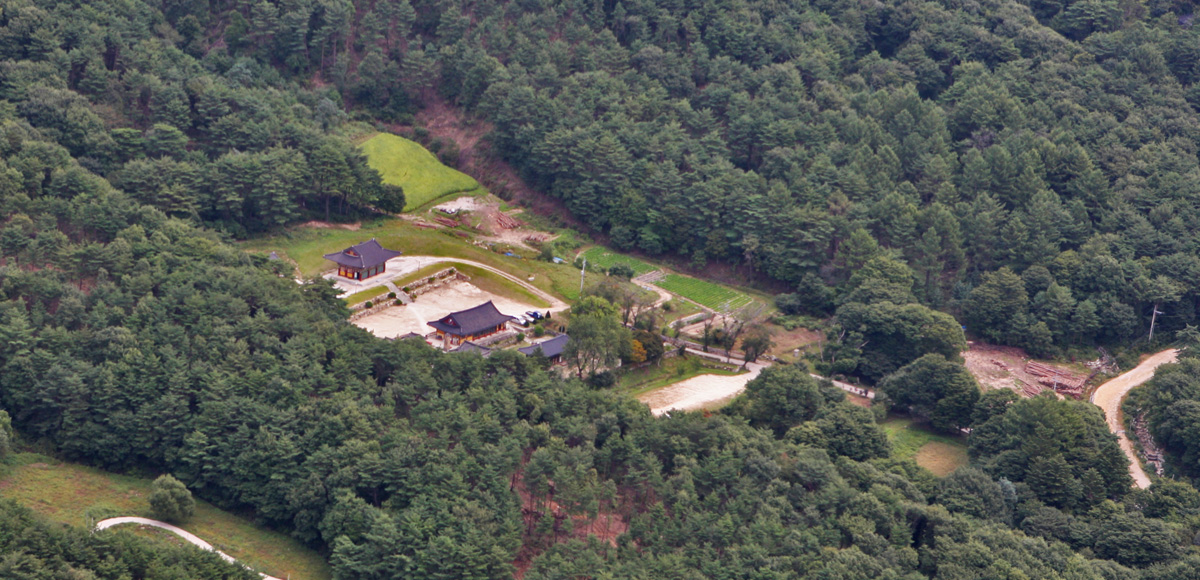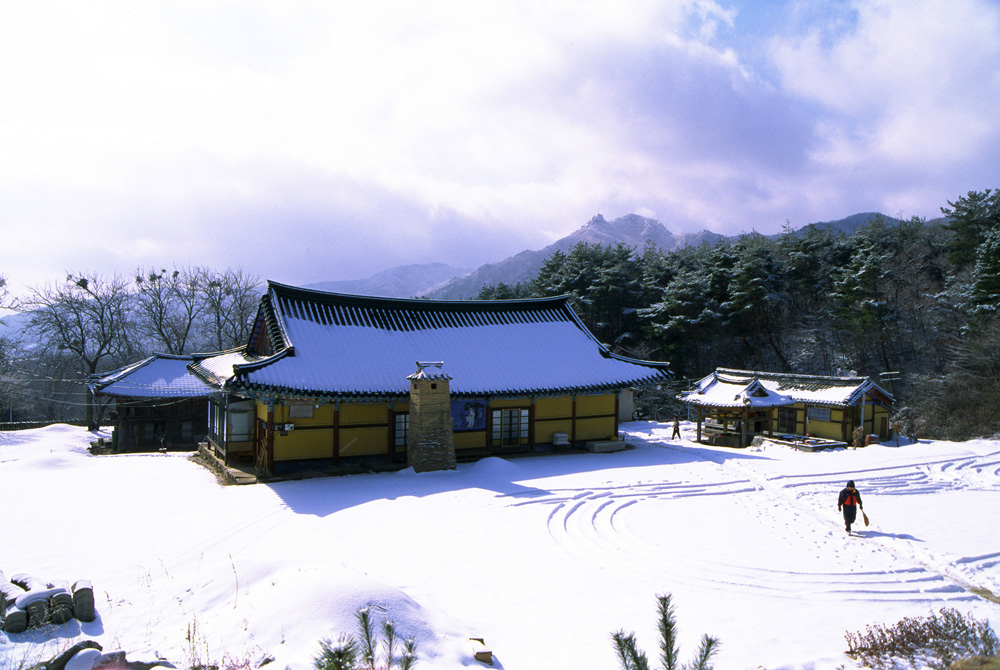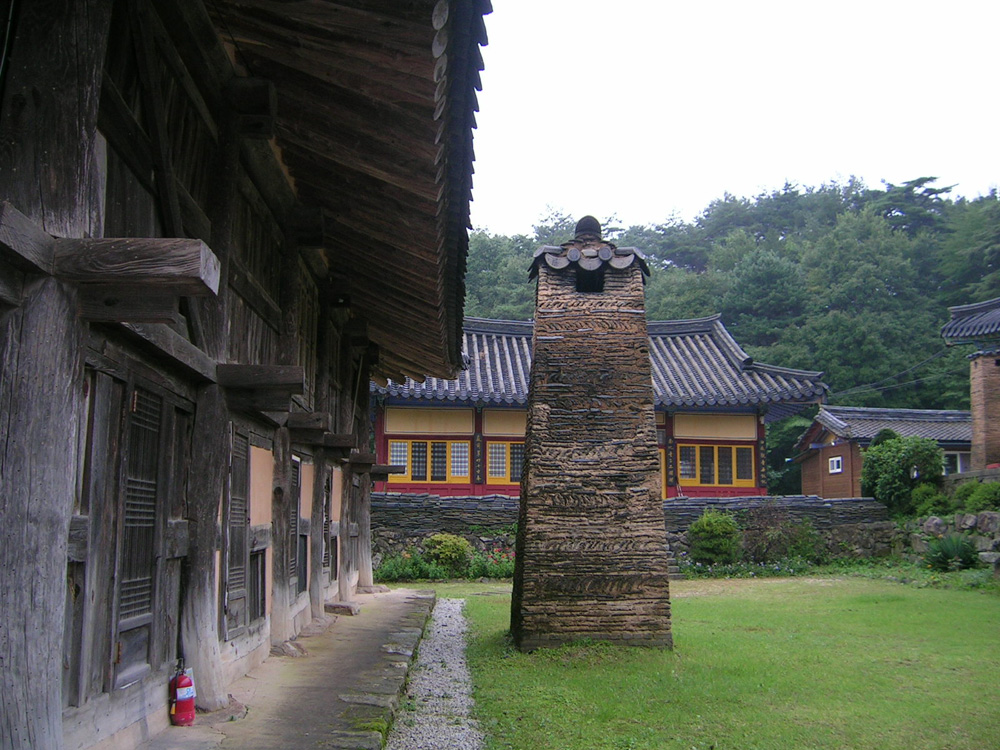Yeonggaksa

Overview
- Traditional Buddhist Temple No. 55 (Registered on November 3, 1973)
- Address: 567, Deogyuwolseong-ro, Seosang-myeon, Hamyang-gun, Gyeongsangnam-do, Republic of Korea
Description
This temple was founded by Ven. Simgwang in the 3rd year of King Heongang's reign in the Silla Dynasty (877). It is one of the branch temples of Haeinsa, the head temple of the 12th Diocese of the Korean Buddhist Jogye Order. After being closed during the Joseon Dynasty, it underwent several reconstructions, with the most significant one carried out by Ven. Wongyeong in the 31st year of King Sejong's reign (1449). In the 34th year of King Sunjo's reign (1834), a fire destroyed all buildings except the Hwaeomjeon Hall, and after Ven. Gangyongwol’s reconstruction in the 23rd year of King Gojong's reign (1886), the temple has produced many Buddhist practitioners. During the Korean War on June 25, 1950, only Sansingak and a warehouse survived, and the entire complex, along with 81 volumes and 3,284 plates of the Avatamsaka Sutra and 2 volumes and 68 plates of the Brahmajāla Sūtra, were lost. The Avatamsaka Sutra plates made under the supervision of Ven. Seolpa Sangeon, were considered extremely valuable cultural assets but they were lost unfortunately. Subsequently, in 1959, Ven. Haeun restored the Hwaeomjeon, and in 1966, the Geukrakjeon was also reconstructed, restoring the temple to its original state. Before the Korean War, there were 19 buildings, including Daewoongjeon, and 13 affiliated hermitages such as Biroam and Bonghwangdae. It was said to rival Haeinsa in scale, making it a significant place for Buddhist practice.



